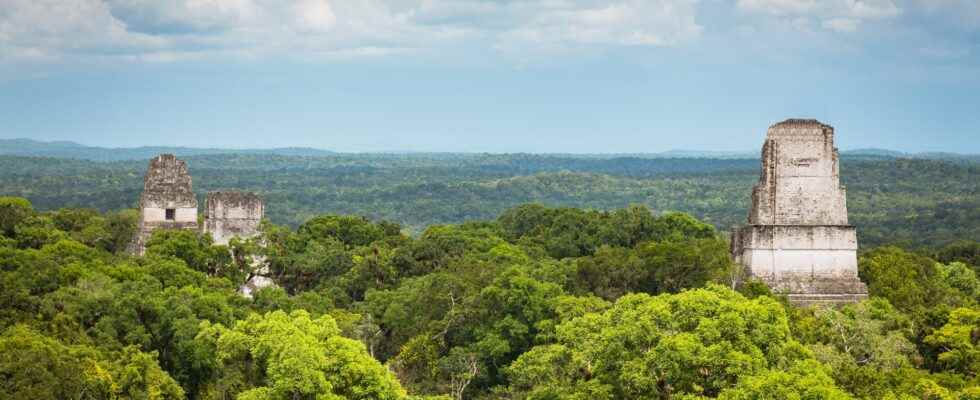Mercury may have been of great value to the Maya. At least sealed vessels that were found in various places of the people and contained the liquid metal testify to this. But the fondness for the element and various colors containing mercury apparently came at a price. A study by Duncan Cook of the Australian Catholic University and his team shows that many Maya cities were, and still are, highly contaminated with it, at least in part. The working group proves this with a study in “Frontiers in Environmental Science”: Some samples clearly exceeded the threshold value for toxicological harmlessness of one microgram per gram of sediment (corresponds to one ppm).
Cook and co analyzed all available data on mercury pollution from various Mayan cities in Mexico, Belize, Guatemala, El Salvador and Honduras, including famous sites such as Tikal and Cerén. These sites thrived in the 1st millennium AD, ranging from a low 0.016 ppm at Actuncan in Belize to an extraordinary 17.16 ppm at Tikal in Guatemala: levels that archaeologists can be at risk when working in such a polluted environment have to.
The contamination was probably caused primarily by colors containing mercury, such as vermilion, which the Maya used liberally for decoration. “To the Maya, objects could contain ch’ulel, or soul forces that resided in the blood. Hence, the bright red pigment of cinnabar was a priceless and sacred substance. But they didn’t know it was deadly, too, and its legacy is preserved in the soil and sediments surrounding ancient Maya sites,” says co-author Nicholas Dunning of the University of Cincinnati.
Because mercury is rare in the limestone that dominates much of the former Maya territory, the advanced civilization may have mined elemental mercury and cinnabar from known deposits on the northern and southern borders of their empire. Traders then brought it to the cities and centers, where it was further processed and used.
